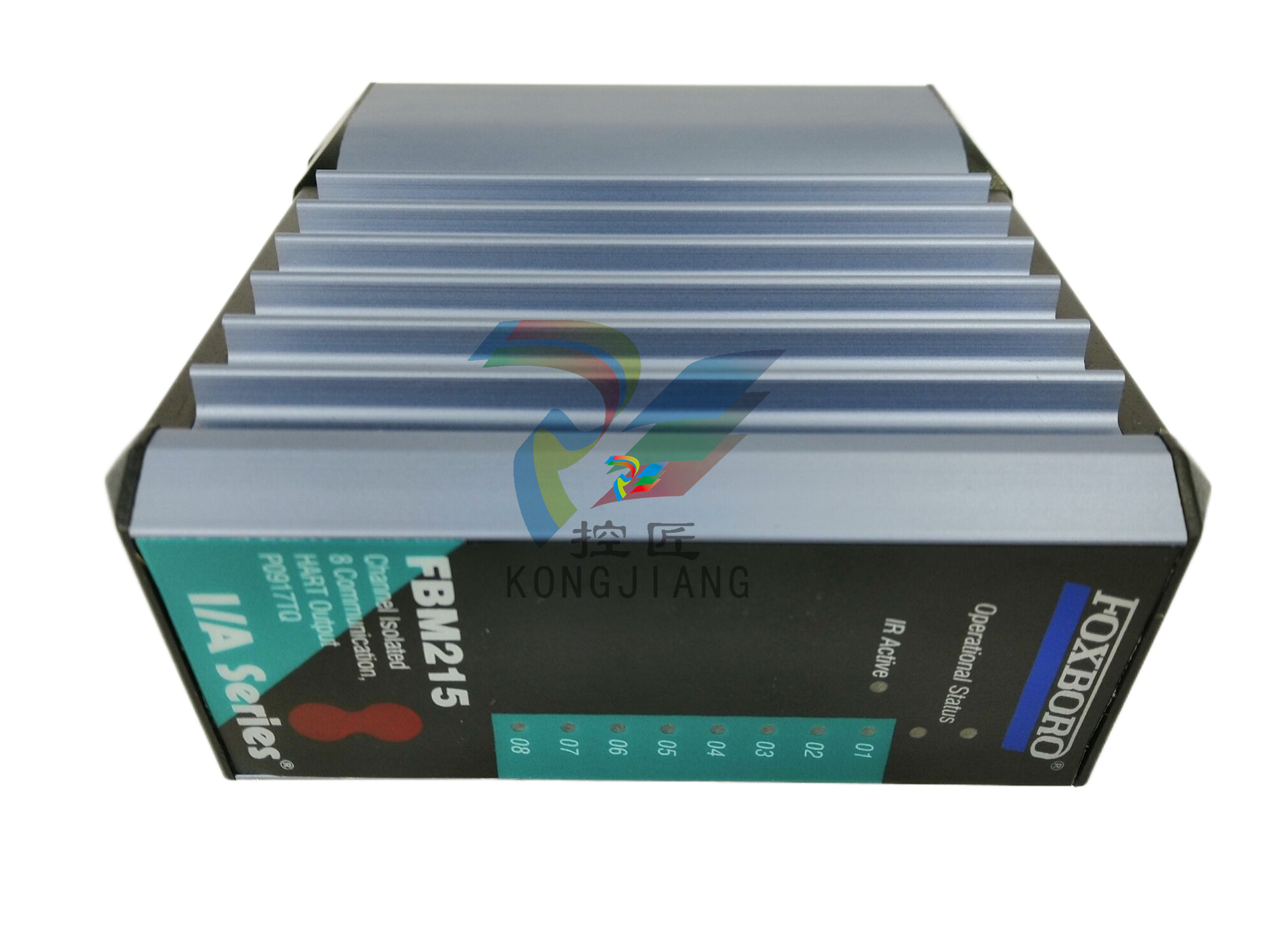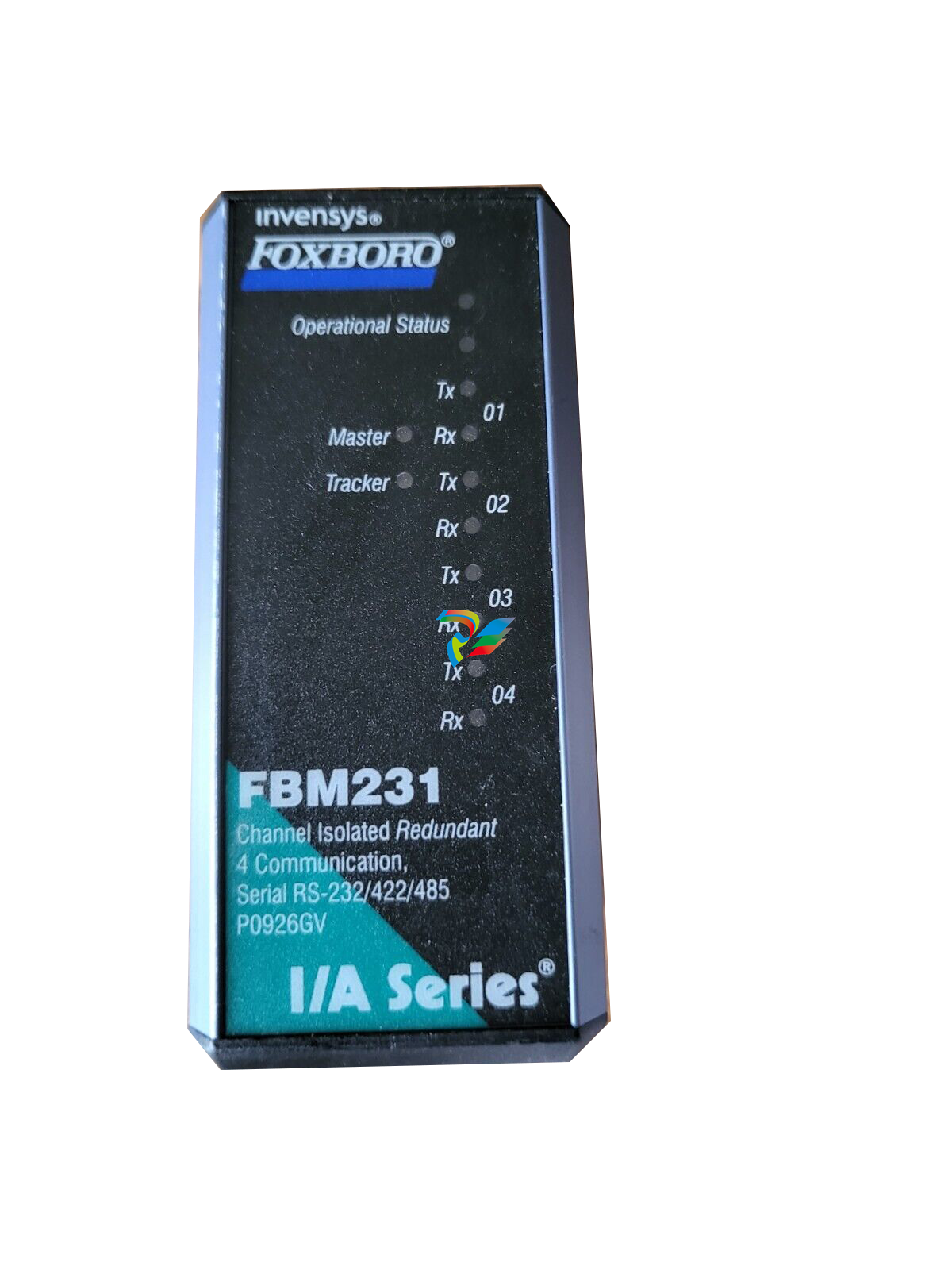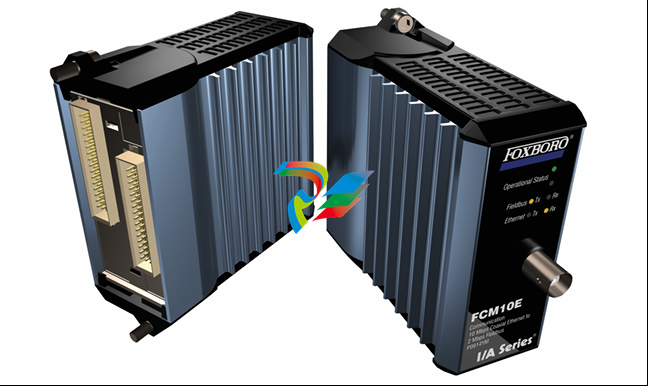
Researchers Create Storage Solution for Solar Energy
A group of scientists has announced research exploring the need for energy storage solutions to address sporadic solar output and varying energy demand — highlighted by a shift from fossil fuels to silicon-based solar cells.
Addressing Solar Energy
The researchers identified two issues: a 10% to 25% drop in photovoltaic system efficiency caused by heating and the need for additional land area, and traditional storage technologies’ reliance on rare materials.
The team’s paper suggests a hybrid device that combines a photovoltaic cell with a molecular solar thermal (MOST) system. According to the researchers, this system, which features hydrogen, carbon, fluorine, nitrogen, and oxygen, eliminates the need for scarce materials.

A Cooling Agent and Optical Filter
Additionally, the MOST storage system acts as a cooling agent and optical filter for the photovoltaic cell, which improves solar energy use and addresses the limits of traditional storage and photovoltaic technologies.
The hybrid’s cooling layer converts and stores high-energy photons into chemical energy and cools the photovoltaic cell via thermal conductivity and optical effects.
The solution can store visible and UV light, achieve a 2.3% solar storage efficiency, cool the system by 8 degrees Celsius, boost photovoltaic cell efficiency by 0.2%, and reach 14.9% solar efficiency.
Room for Growth
The researchers reported that the MOST system’s accomplishments also indicate that it could reach even greater efficiencies in future systems.













































.jpg)
.jpg)
.jpg)





.jpg)



.png)
.jpg)

.jpg)
_lVjBYb.jpg)

.jpg)
.jpg)



.jpg)
.jpg)







.jpg)

.jpg)
.jpg)











.jpg)




.jpg)
.jpg)
.jpg)
.jpg)
.jpg)
.jpg)
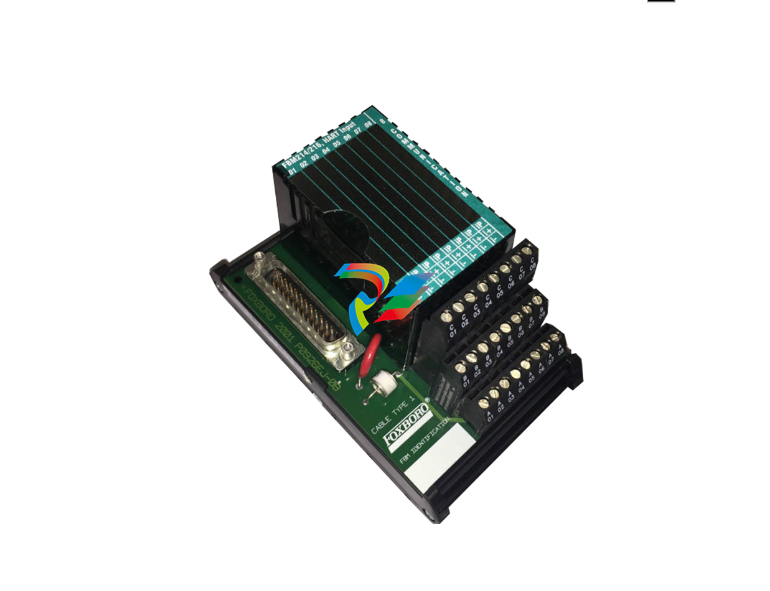
.jpg)
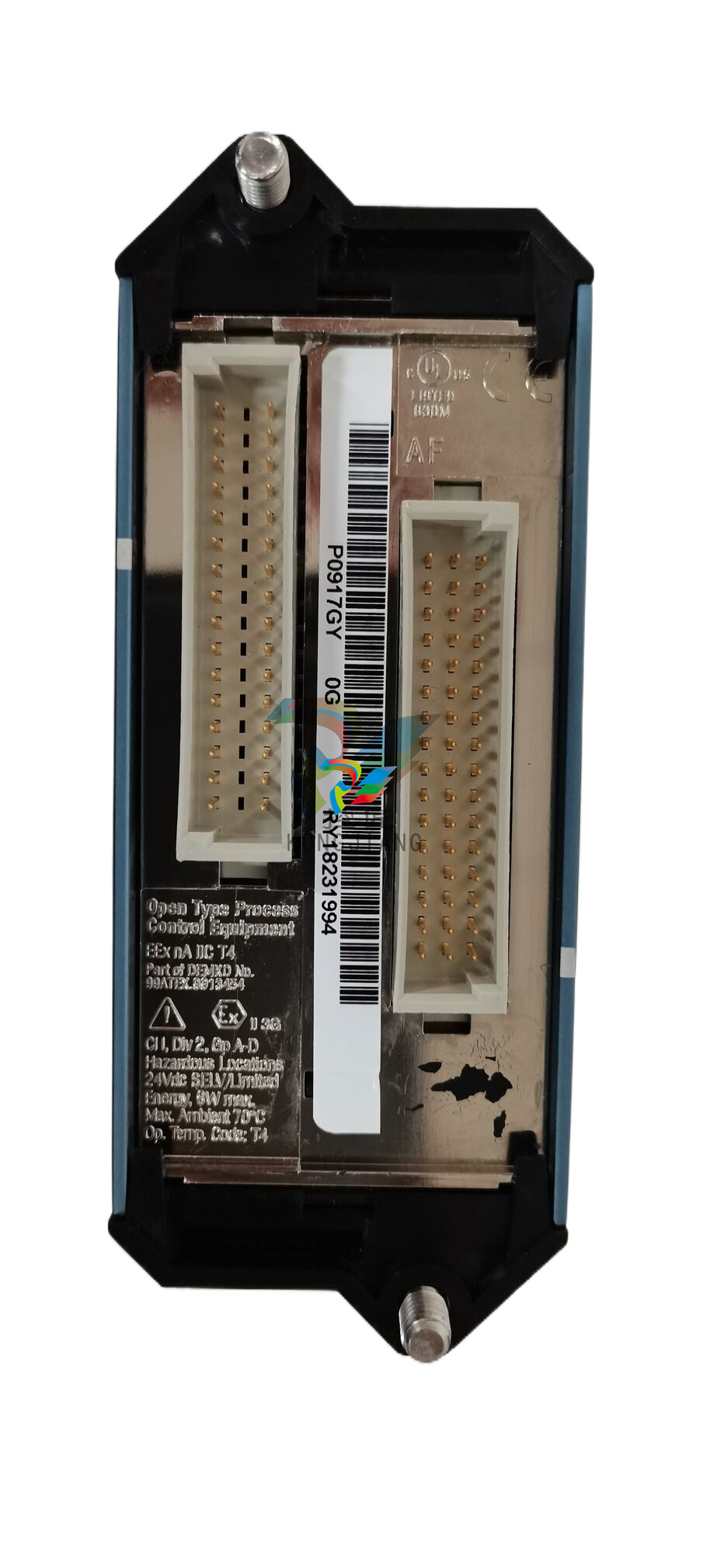
.jpg)
.jpg)
.jpg)
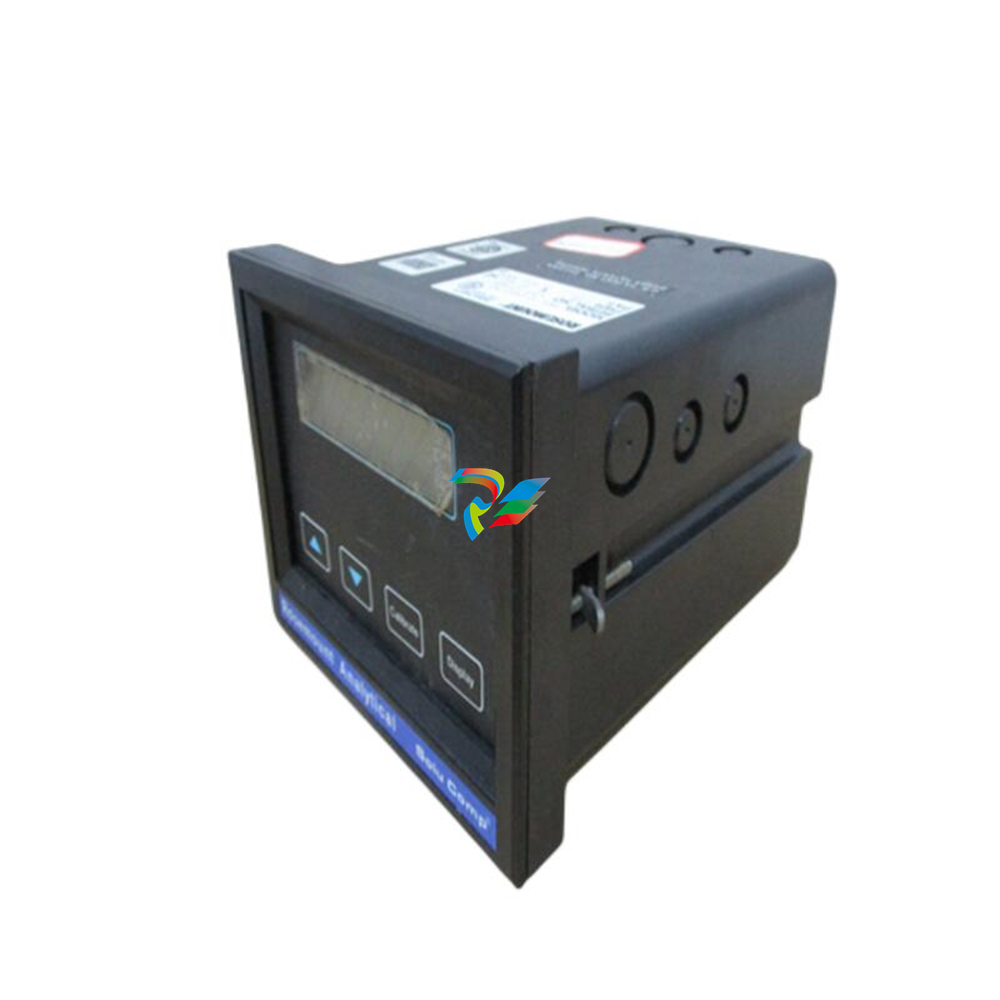
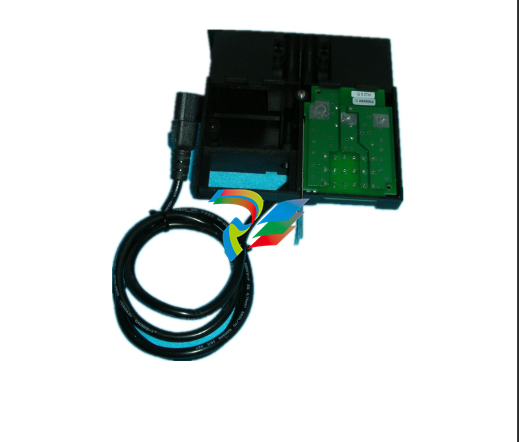
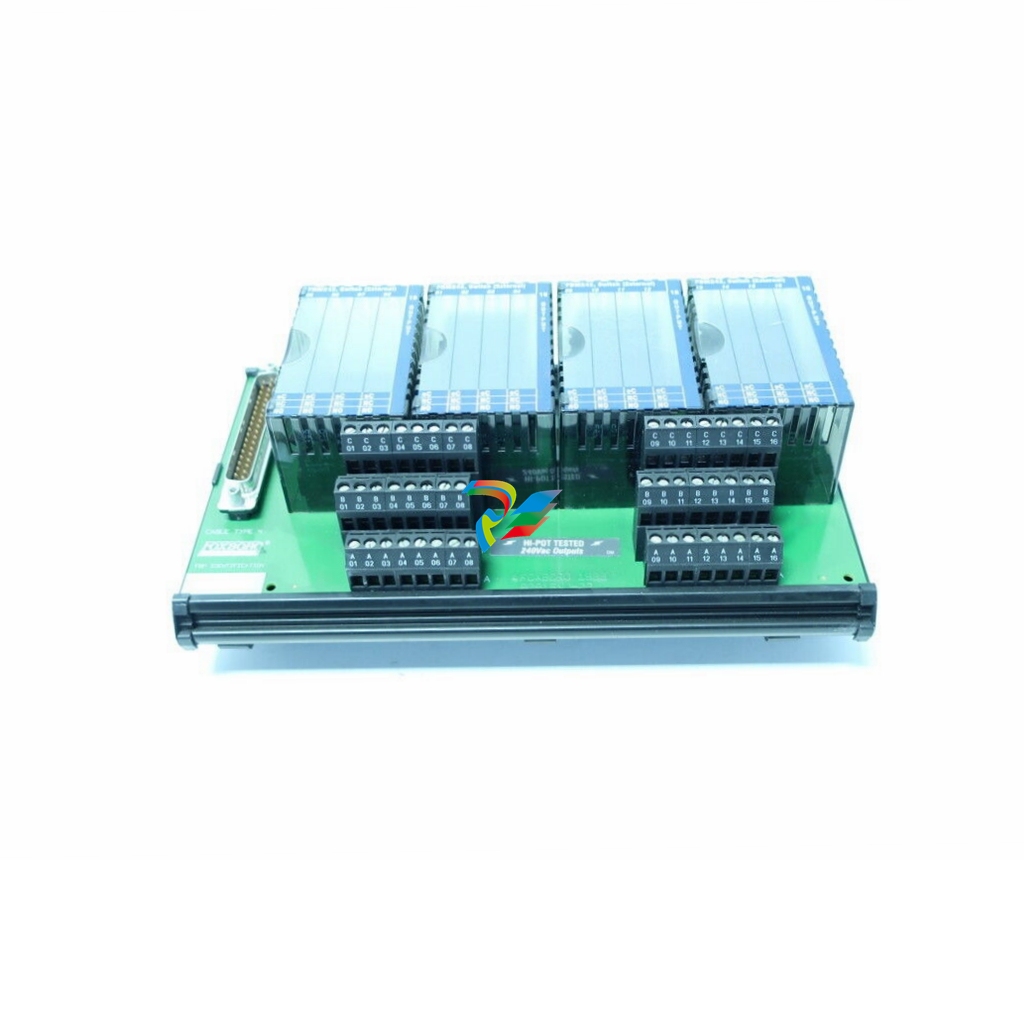
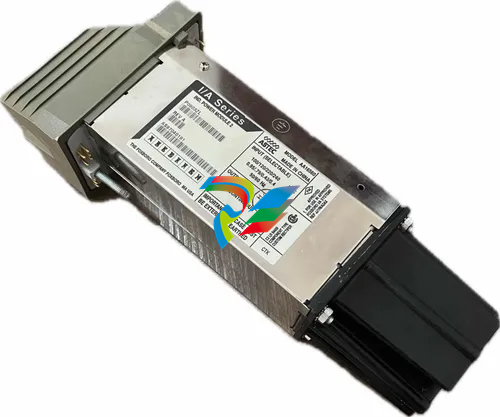

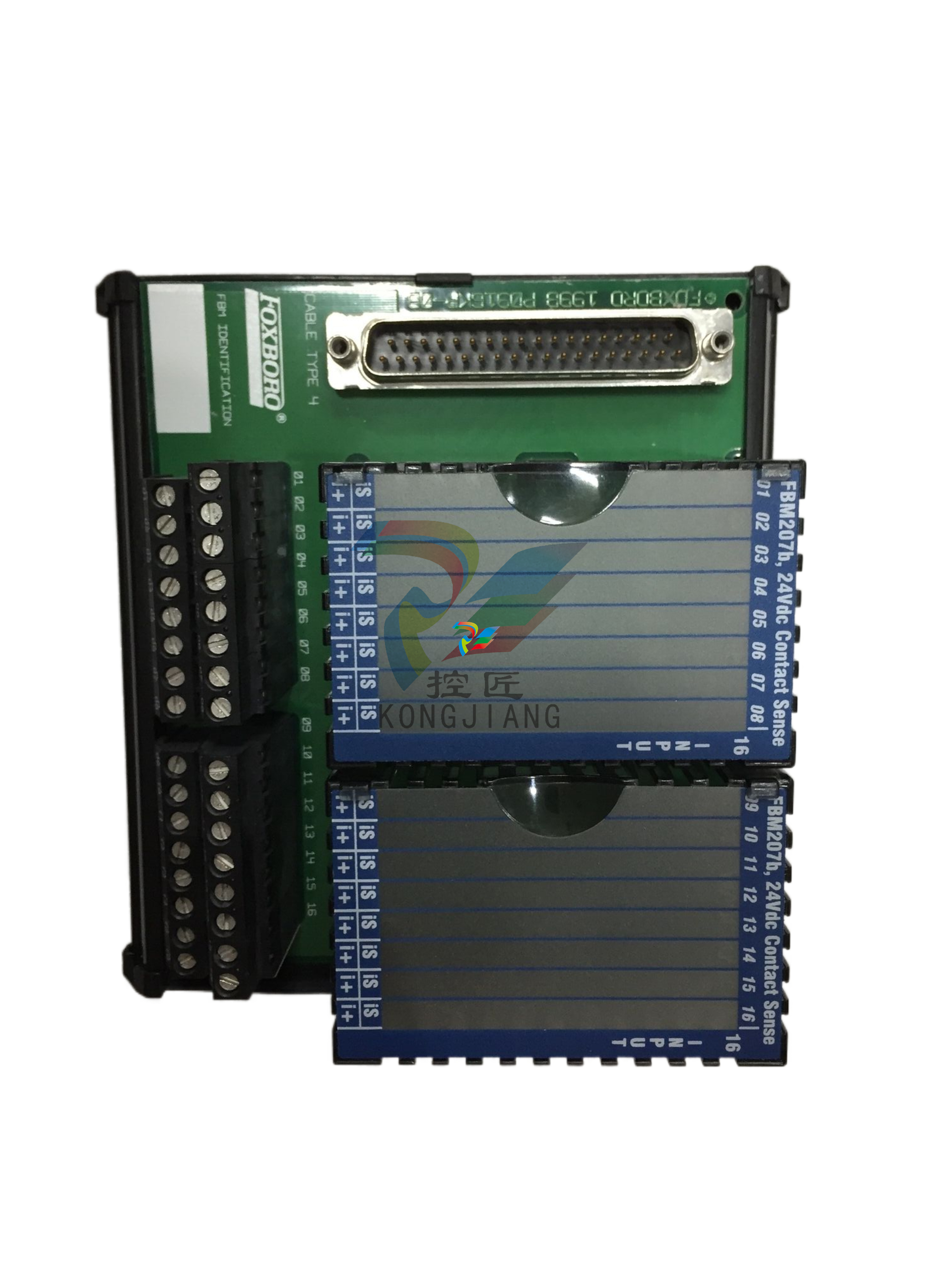
.jpg)
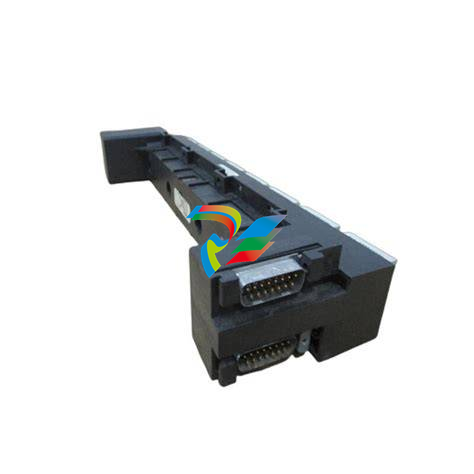
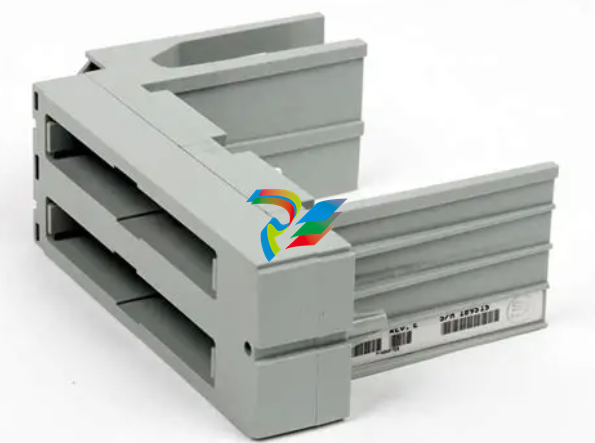
.jpg)
